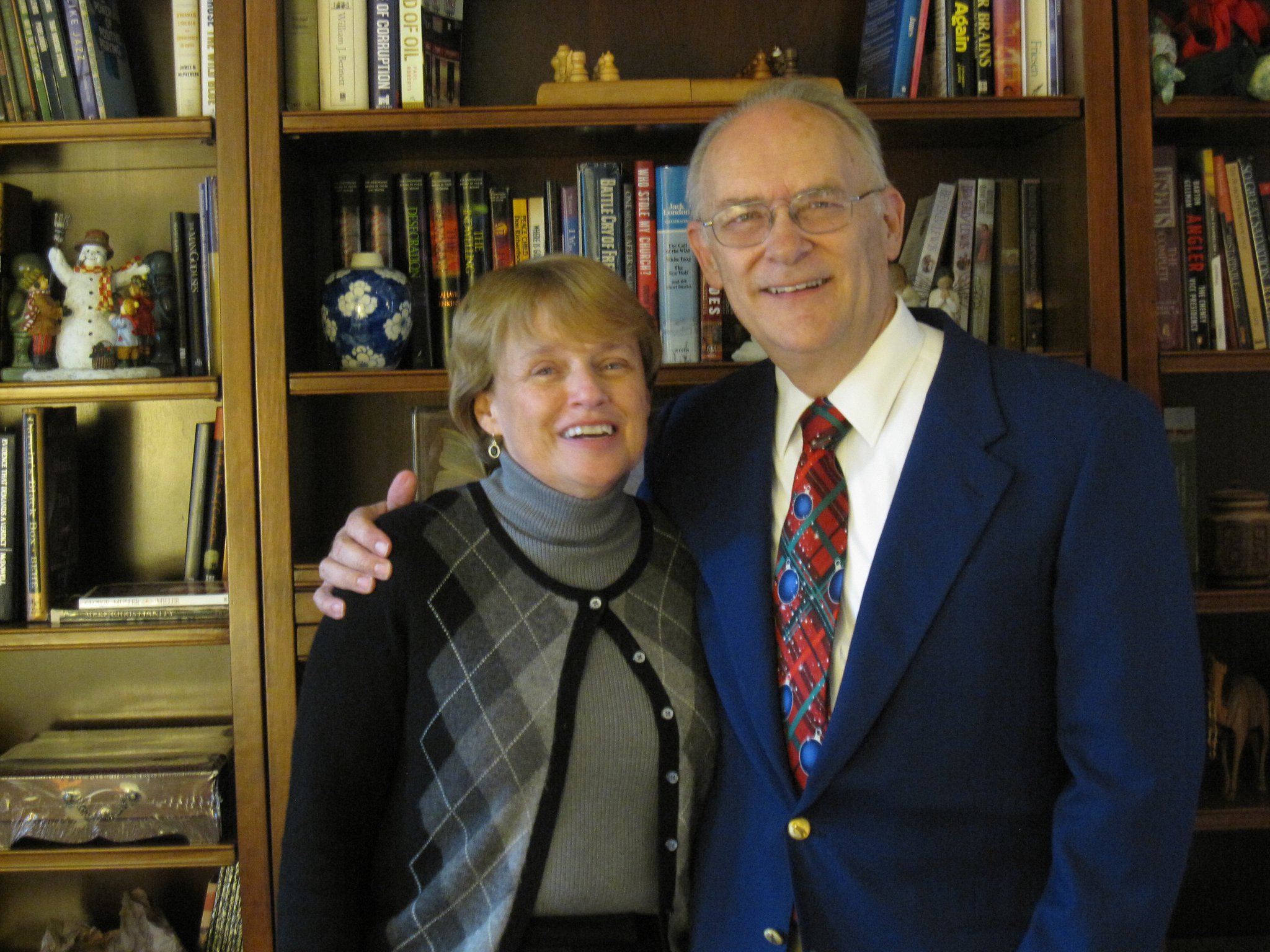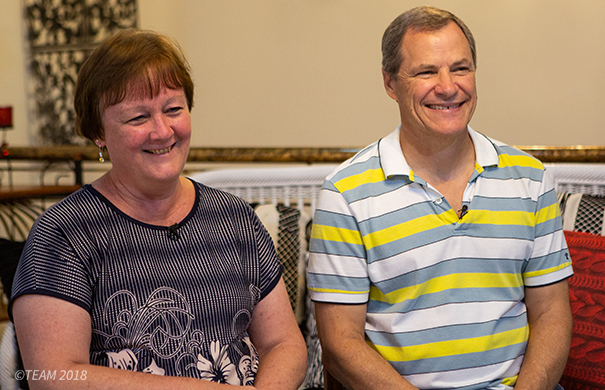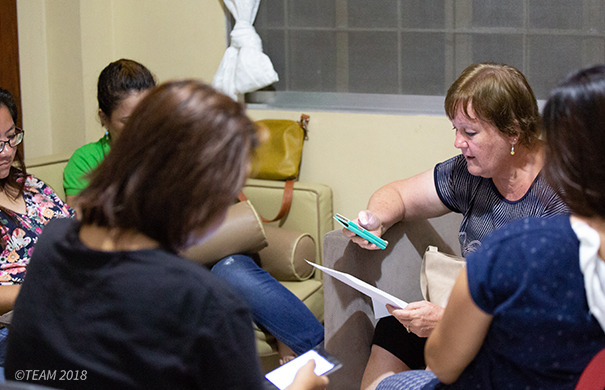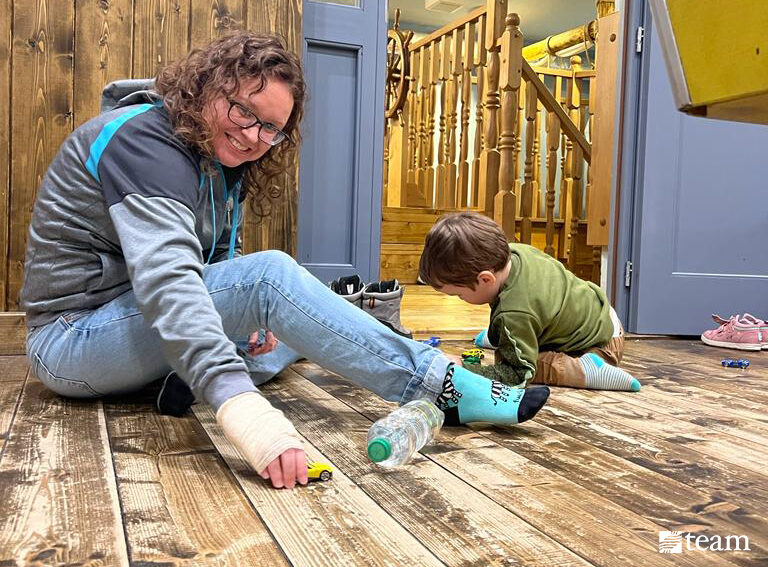
Missionary Life
‘We Don’t Want to be Heroes’: One Couple’s Church Planting Strategy
October 9, 2018
by admin

“The word that sticks in my mind is walls,” TEAM missionary David North told his wife, Kathy when they scouted out the location of their last church plant. “There are cement walls everywhere, it’s industrial, it’s dirty, it’s gray, but there are also spiritual walls.”
When David and Kathy moved to the Filipino city of Mandaue they could feel an overwhelming darkness. But still, they moved.
David and Kathy North have been church planters for over 20 years and have successfully planted several churches. They are champions for growing the Kingdom. But it hasn’t always been an easy road. Several times throughout their career, they have been on the brink of throwing in the towel entirely. But the Lord brought them through each season of weariness with gained insights and new understanding.
Now, after years of prayer, trial and error, they have broken their church planting strategy down into a simple, biblical formula. And today, they’re sharing it with you!
Phase One: Research, Research, Research
When the Norths plant a church, it all starts with research.
“For us, every time we finish a church plant in one city, then we do a survey and we do research, and we try to find the cities and towns that are the least evangelized,” David says. “And we don’t want to be in a city where we’re competing with other churches.”
The Norths chose to build their last church plant in Mandaue, a city on the island of Cebu, where the population was less than 1 percent evangelical.
Even fellow believers warned David and Kathy about taking the Gospel to Mandaue, calling it the “graveyard of missions,” because missionaries typically only last about two years before giving up.
But the Norths knew God had a harvest waiting among this hard soil. They just needed to find out who He wanted them to reach.
Phase Two: Who is Your Audience?
Figuring out who exactly they were ministering to contributed hugely to the rapid growth of the Norths’ newest church plant, in the city of Consolacion.
“Consolacion has kind of got two groups of people: There are the original Consolacion people, and then there’s the large number of professional people who have moved here from Cebu City to try and find an area where they can have their own house, because down in Cebu City, it’s completely full,” David says.
The original people of Consolacion speak the island’s local language, Cebuano, and the Christians there worship in small house churches. However, most of the professionals speak English, so that’s the target group David and Kathy chose to center their church plant on — and that affected how they designed their ministry.
“We specifically felt like we should start a church here that caters to professionals, and people who prefer English, so we use mostly English in the services,” Kathy says.
Defining a target audience is the easiest way to spend your energy on the right people.
Phase Three: Building Relationships
Once the Norths have chosen a location and determined their target audience, they immediately start building relationships.
In Consolacion, they focused first on integrating themselves into the community. Then, they started working with a team they brought from their previous church plant.
“So we started up with a few people from our previous church plant who were from this area,” David says. “And we had a team building retreat, and at that, we made a list of ways that we could bridge into people’s lives, to connect with people.”
The Norths and their team made a list of about 50 different ideas, ranging from tennis to civic clubs to jewelry-making. Then, they narrowed the list down to a more realistic number and got to work.
Because they had already done so much research on the area during phase one, they had an idea of which outreach efforts would be most effective.
“But then we also have our evangelism training and our evangelistic Bible study methods,” David says. “We try to train all of the members in how to share the Gospel, how to disciple someone and how to lead an evangelistic Bible study.”
This leads us to another key phase in the Norths’ strategy: Teaching members how to pass on what they’ve learned.
Phase Four: Teach Others to Pass it on

Discipling and training members of the church plant to share the Gospel with others is a key component of any church planting strategy.
“Starting from day one, when we’re first doing Bible study with people, one of the assignments at the end of the lesson is, ‘What’s something that you learned in this lesson that you can share with someone else this week?’” Kathy says. “So it’s constantly being passed on.”
And now, all these new Christians are building the church plant as they grow in their own faith. They lead Bible studies, evangelism training and worship. Because of how well David and Kathy have equipped them, they’re able to bring people to Christ on their own!
“One of the exciting things, as we’ve been going along, is that I’ve been training a few of the guys in preaching, and they take their turns to preach. And we get together and evaluate who it is, and we talk about the upcoming messages,” David says. “Some of them are really preaching well now!”
Phase Five: What is Your Exit Plan?
Watching a church plant grow is a wonderful feeling — but for church planters like the Norths, it’s also a signal that the time to move on is near. And goodbyes are always bittersweet, even under the best of circumstances.
“But this is what we’re here to do, is to get it started and then move on,” says David.
The final step in the Norths’ strategy is executing their exit plan.
For the Norths, several key elements have to be in place in a church plant before they will leave it, including a locally-led worship team, an established discipleship plan to take new members through, thriving community small groups, a ministry that is financially self-sustaining and trained local leadership, including a pastor.
Every phase of the church plant works toward establishing these pieces. And now, the Consolacion church now has every element except the last one.
Soon, the congregation will be up and running on its own.
A Recipe for Successful Church Plants
“When I was a young missionary, I did burn out several times because I felt like I had to do it. I had to do everything,” David says. “And I wasn’t good at really just enabling and equipping others.”
Now, teaching others how to effectively pass on the Gospel message is David and Kathy’s first priority with every church plant.
And even though it can be exhausting work, there is no greater calling than making disciples among the nations.
“Maybe you’ve heard the phrase, ‘We don’t want to be heroes, we want to be hero-makers.’ And I think that’s so important in church planting,” says Kathy. “Because as church planters, you’re not going to be there forever. It has to be more of them and less of us.”
If you’re interested in pursuing a church planting career, connect with a missions coach today to learn how you can get started!


